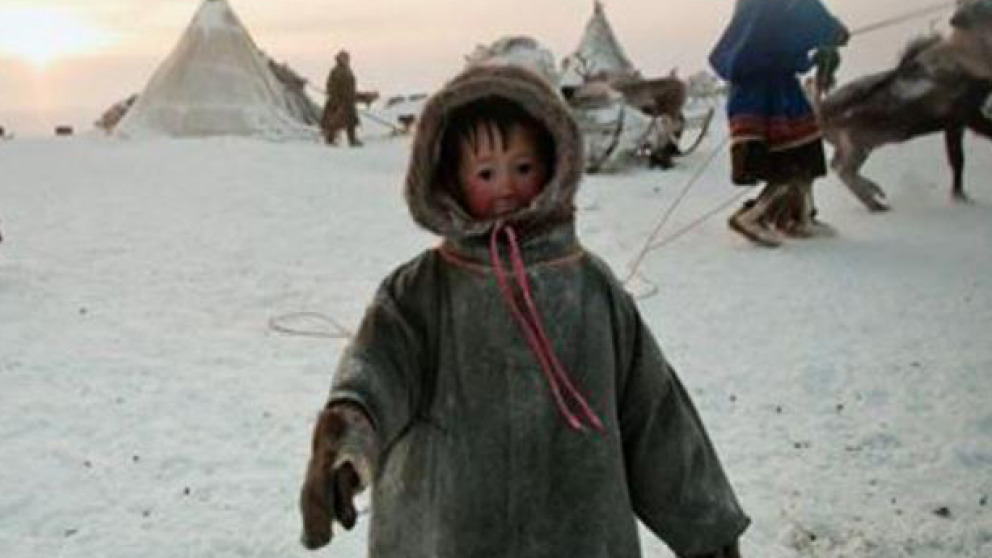The Arctic Circle - A Report from Reykjavik
05.11.2015

Last week I had the opportunity to travel to Reykjavik to attend Arctic Circle 2015, a large gathering bringing together scientists, policy makers, civil society, intergovernmental organisations and industry representatives (the accompanying short film provides a snapshot of the event).
https://www.youtube.com/watch?v=PDkhMU78niQ
The gathering is the brainchild of the Icelandic president Ólafur Ragnar Grímsson and aims to serve as a platform to increase participation in Arctic dialogue and strengthen the international focus on the future of the region. The IASS took up that invitation and joined forces with the Alfred-Wegener-Institute and the University of Leeds to organise a Saturday afternoon breakout session on ‘Collaborative Approaches to Sustainability Challenges’, where some provocative but very pertinent points were put forward by the participants. The discussion after the session was lively and I took home some fresh viewpoints and perspectives to mull over on the flight home and in the days that followed. The event revealed just some of the numerous different Arctic stake and rights holders and their varied interests which I will be delving into in my new role in the SMART (Sustainable Modes of Arctic Resource-driven Transformations) group. That over 1000 participants from 50 countries attended and that even those not physically in the Arctic (or in some cases, anywhere near) are aware of, concerned about, and affected by the changes in the region as a result primarily of climate change due to increased greenhouse gas concentrations attests to the importance of the issues on the table.
That indigenous Arctic people were under-represented was also evident, especially in the breakout sessions. Jon Burgwald from Greenpeace provided some insights into this, offering words of caution about these types of events avoiding many of the more difficult and controversial Arctic-related issues such as indigenous rates of suicide and mental health problems which were brought forward in the plenary session by Okalik Eegeesiak representing the Inuit Circumpolar Council. The concern and interest in the region is not unwarranted and not premature. The Arctic may feel far away, but the southern boundary of Arctic sea ice is no more than 3000km from Potsdam and that the decline in Arctic sea ice, one of the greatest examples of climate change worldwide, is taking place in the Northern regions of Europe should concern us all. To give some idea of some of the fundamental changes in the Arctic and the sea ice over the past few decades;
- Sea ice thickness has shrunk by half in 50 years and the extent of the Arctic sea ice minimum at the end of summer has also declined by 50% since 1979.
- Permafrost thawing is releasing more greenhouse gases and intensifying global warming. Experts at the Alfred-Wegener-Institute estimate that the permafrost contains approximately 1300-1600 billion tons of carbon (compare that to our entire atmosphere which currently contains about 800 billion tonnes of carbon).
- Coastal erosion is intensifying in the Arctic as a result of dwindling sea-ice, higher water temperatures and rising sea levels. It is estimated that the Arctic coastline recedes by about half a metre a year, allowing storms to produce larger waves that then contribute to further reduction of permafrost (AWI Factsheet, September 2015).
It was highlighted at the conference that the future of the earth is bound to the future of the Arctic. It became clear to me, only a relative newcomer to the Arctic family, that the complexity of the Arctic region involves an intricate dance between many diverse stake and rights holders, integration of different types of knowledge (traditional and scientific) and finance, innovation and proper governance issues. Carter Roberts from WWF, speaking simply and frankly at the opening plenary session presented the concept of natural capital guiding development and the need to look for opportunities for financial capital with the knowledge of natural capital.
It would be true to say that my mind is very much filled with Arctic wanderings since returning from the conference. The image on the poster advertising the ‘Circum-Arctic Art Show’, being held on Ingólfsstræti just 300m from the conference centre, is stamped on my memory. The poster is of a red-cheeked indigenous child, perhaps 2 or 3 years old, standing in the snow, wearing what looks like a very large adult’s coat so that his legs are not visible. He looks strong and sweet and happy. Maybe it is because I have relatively recently become a mother but that image resonated and very succinctly summed up Arctic Circle 2015 - what will this generation do to protect future generations from the consequences of climate change?
Photo: Marianne Pascale Flynn, from a poster of the Circum-Arctic Art Show